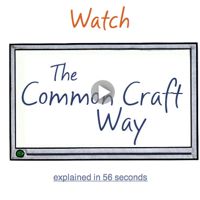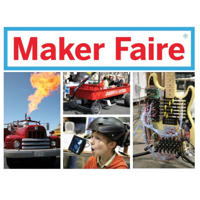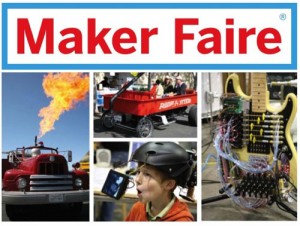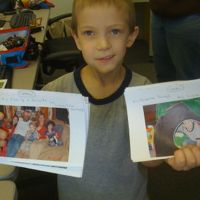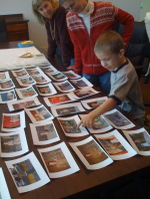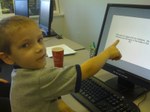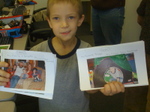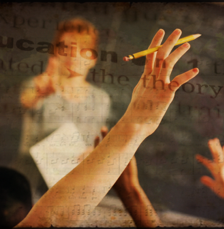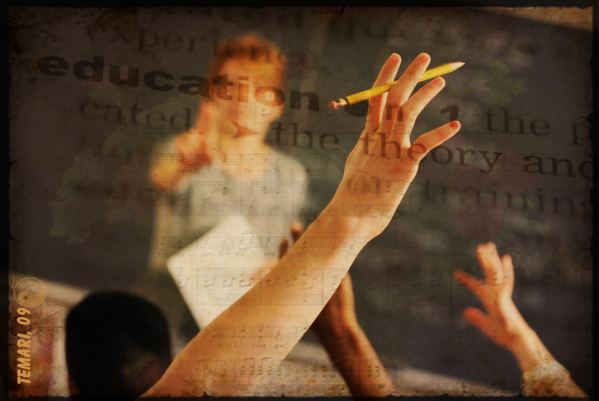There’s an emerging genre of internet videos that fall into the category of “how to’s.” Lots of folks are offering up instructional guides for how to do everything imaginable from How to Chill a Coke in 2 Minutes to How to Fold a Towel.
Explaining “how to” requires students to research a subject, evaluate what’s important, and create a guide for someone else to follow. It gives them an opportunity to write for an authentic audience and purpose and use skills that rank very high on Bloom’s taxonomy.
If you want to get your students writing and shooting these videos here’s some suggestions:
1. Get the new Flip Ultra video camera – remarkably easy to use and only $114 at Amazon. Works with Mac or PC. I’ve been using one for a few months and I’m impressed with the sound and image quality and the simplicity of use.
2. Have students take a look at this ingenious “how to” done by Common Craft – no elaborate props or on-screen talent required. The Flip camera won’t be able to shoot as closely as the Common Craft video below, but students can easily recreate the look on a larger scale using the classroom white board and the optional Flip Ultra tripod ($14 at Amazon).
3. Post the video to TeacherTube – a safe alternative to YouTube.
OK – time to make a movie!
Note on editing. The Flip video comes with its own software that works with Mac or PC. Ingeniously, the software resides on the camera and works anytime you plug the Flip USB into a computer.� The Flip video files are created in an AVI format that can be edited on a PC using software like MovieMaker. Mac iMovie won’t accept the Flip video AVI format directly, but you can convert an AVI file to a (iMovie-friendly) m4v file format using free iSquint software. Students can design, shoot and edit the video, then do a voice over. That way they can focus on the visual message separately from the audio message.
8/08 Update: The latest version of Flip video software will allow direct import of files into Mac iMovie!
